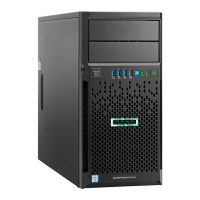
Do you have a question about the HP ProLiant ML30 Gen9 and is the answer not in the manual?
| Product Type | Server |
|---|---|
| Form Factor | Tower |
| Processor Sockets | 1 |
| Memory Slots | 4 DIMM slots |
| Processor | Intel Xeon E3-1200 v5/v6 series |
| Chipset | Intel C236 |
| Memory | Up to 64GB DDR4 |
| Storage Controller | HPE Dynamic Smart Array B140i |
| Maximum Internal Storage | Up to 24 TB |
| RAID Support | RAID 0, 1, 5, 10 |
| Power Supply | 300W |
| Expansion Slots | 4 PCIe slots |
| Remote Management | HPE iLO 4 |
| Operating System Support | Windows Server, Red Hat Enterprise Linux, SUSE Linux Enterprise Server, VMware |
| Network | 1Gb 2-port 361i Adapter |
Identifies front panel components like media bays and USB connectors.
Details front panel LEDs and buttons, their status, and meanings.
Details rear panel LEDs, their status, and meanings for network and UID.
Illustrates DIMM slots and provides specifications for PCIe expansion slots.
Lists critical warnings and cautions related to server operation and handling.
Provides step-by-step instructions on how to safely power down the server for maintenance.
Explains how to remove and install the server bezel for component access.
Specifies optimal environmental conditions and electrical power requirements for server installation.
Guides through the process of installing an operating system on the server.
Explains how to configure boot options within the UEFI environment for server startup.
Provides information on memory and processor compatibility and specifications.
Lists detailed specifications for DIMM modules, including type, speed, and rank.
Explains the function of Error Correcting Code (ECC) memory for system reliability.
Provides guidelines for populating DIMM slots correctly for optimal memory performance.
Explains the different modes (online, offline) for server software and configuration utilities.
Describes the Active Health System for monitoring server hardware and configuration.
Explains the Integrated Management Log (IML) for recording and viewing system events.
Describes Intelligent Provisioning for server setup and OS deployment.
Explains Insight Diagnostics for troubleshooting server hardware and software issues.
Explains how to manage boot options and control the boot order.
Details the Secure Boot configuration for ensuring system integrity during the boot process.
Describes the Embedded UEFI Shell for system management and scripting.
Explains the Embedded Diagnostics option for running comprehensive hardware diagnostics.
Describes HPE Smart Storage Administrator for managing HPE Smart Array controllers.
Explains Automatic Server Recovery (ASR) for system restart after errors.
Explains how to update firmware and System ROM.
Describes the FWUPDATE utility for upgrading system firmware (BIOS).
Explains the importance of drivers for server hardware and OS compatibility.
Guides on updating software and firmware before using the server.
Lists supported operating systems and virtualization software for ProLiant servers.
Describes the HPE Technology Service Portfolio for customer support.
Lists resources and guides for troubleshooting common server problems.
Provides information regarding the product warranty.
Outlines regulatory information, compliance, and chemical content declarations.
Provides methods to prevent electrostatic discharge when handling server components.
Details grounding methods to prevent electrostatic discharge.
Lists environmental conditions and physical specifications for the server.
Lists specifications for supported power supply units.
Guides on accessing HPE support portals and software/firmware updates.
Explains the Customer Self Repair (CSR) program for replacing parts.
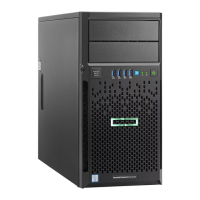
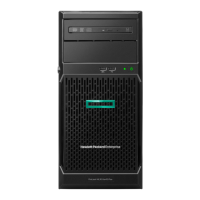
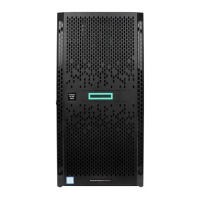
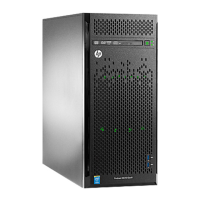
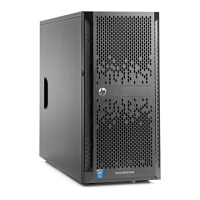
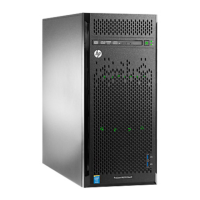
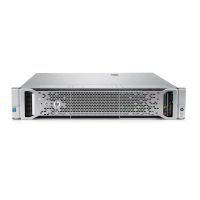
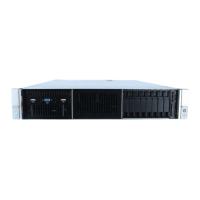
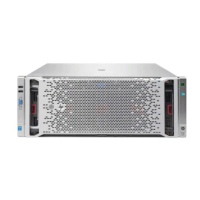
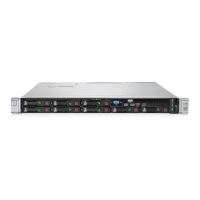
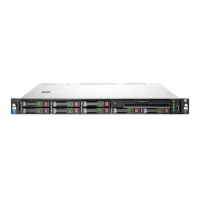
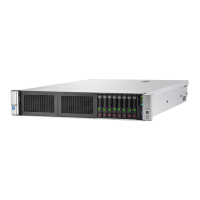
